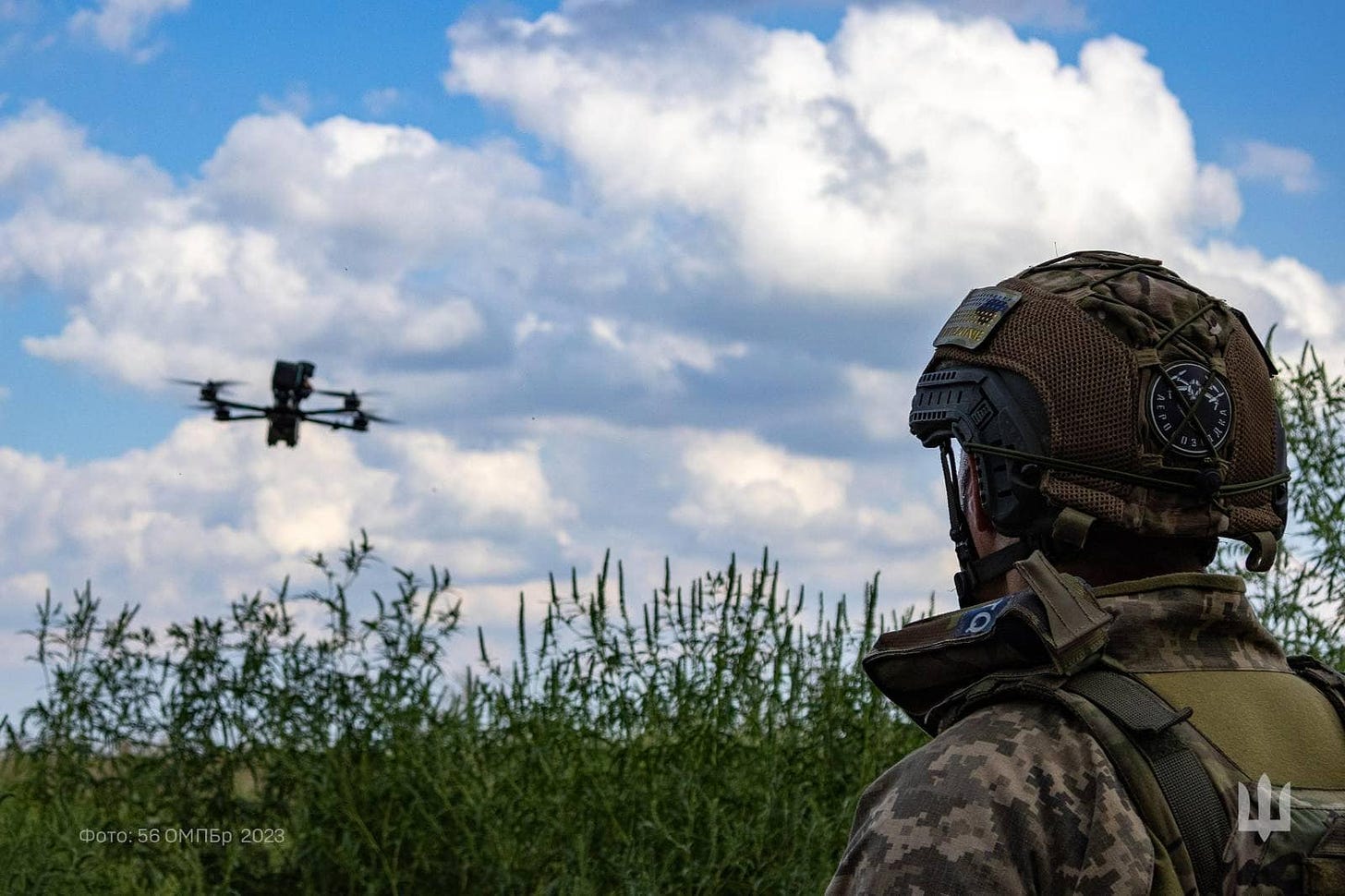MICK RYAN

Frequent readers of my work, here at Futura Doctrina or in my other publications such as my 2022 book, War Transformed, will have recognised that one of the central themes of my examination of the phenomenon of war – and the war in Ukraine in particular – is the concept of adaptation.
Exploration of the theory of adaptation has its origins in early advances in the biological sciences. English naturalist, geologist, and biologist, Charles Darwin, produced a theory of evolution. This theory explored the causal mechanism to account for evolutionary changes in the natural world. Darwin, with his theory of natural selection, sought to understand and describe how new animal species emerge and how others disappear in nature.
The exploration of adaptation has resulted in the development of concepts that underpin an understanding of how adaptation occurs and how it can be applied. In military literature, the best-known adaptive cycle is Colonel John Boyd’s OODA (observe-orient-decide-act) loop.
In the 21st century, adaptation research has shifted well beyond the work of Charles Darwin and John Boyd. Adaptation theory is now applied across a variety of scientific endeavours. The theory of adaptation has become important in the examination of the optimum organisation of societies, businesses and other organisations as they attempt to improve their effectiveness in changing environments.
The breadth of change, and the speed at which it is occurring, must be considered to ensure all levels of military institutions are open to opportunities and resistant to the effects of surprise. Regardless of industry, the generation of a competitive advantage in an era where change is rapid is becoming more difficult. When an advantage is generated, it is likely to be more fleeting than in previous ages. As Rita McGrath wrote in a Harvard Business Review article, we now exist in an era of transient advantage and successful institutions must spark continuous change and avoid the rigidity that leads to failure.
The transient nature of sources of advantage means that nations need to pursue approaches that harness all aspects of national capacity. To retain relevance and remain at the forefront of best practices, military organizations must possess and continuously update their mechanisms for environmental scanning and adaptation. Generating diverse options within military organisations, and in the wider national security community, is crucial to sustaining a competitive edge on the battlefield and beyond in the twenty-first century. As Peter Schwartz notes in The Art of the Long View, “Resilient companies continually hold strategic conversations about the future.”
Adaptation in War
It is unreasonable to expect military institutions and their leaders to foresee every possible future contingency or to predict the reactions of an enemy. There is an infinite array of interactions and situations to consider, even in the smallest tactical actions. The Clausewitzian idea about the fog of war is as relevant today in the digital age as it was when he wrote On War two centuries ago. Because of this, an important design feature, and cultural stance, for military organizations in peace and war must be the ability to learn and to be able to adapt to unexpected events.
In war, those who plan and lead the fighting must constantly seek to outthink, out-maneuver and to out-fight the other side. New technological innovations are introduced into service, the geography or objectives in the war are expanded or evolved, and new tactical and operational concepts are developed to exploit evolving organisational constructs and achieve evolving theories of victory. This constitutes, as I explored in War Transformed and other articles, an Adaptation Battle.
This adaptation battle has been taking place throughout the war in Ukraine. Both sides offer lessons on how contemporary military institutions might develop and sustain the learning culture that underpins adaptation – and success - at every level of military operations.
There are multiple examples of adaptation – from tactical to strategic levels – by both sides in this war. In the Ukrainian offensives so far, there is an example of tactical adaptation with the Ukrainian Ground Forces starting to use dismounted, distributed minefield breaching instead of heavy, mounted breach operations. The recent article in The Economist on this topic by Oliver Carroll was excellent.
Operationally, the Ukrainians appear to be adapting their main effort between the east and the south, possibly deceiving the Russians about follow-on phases for their offensives.
At the same time, the Russians have also been adapting. An important adaptation has been their response to the introduction of HIMARS in mid-2022. Since then, the Russians have evolved their C2 and logistics to make it harder to target and more survivable, which will complicate the Ukrainian deep battle in their 2023 offensive. They also adapted their operational posture to assume a more defensive stance in the south and the east, including the massive construction of obstacles and minefields.
No comments:
Post a Comment